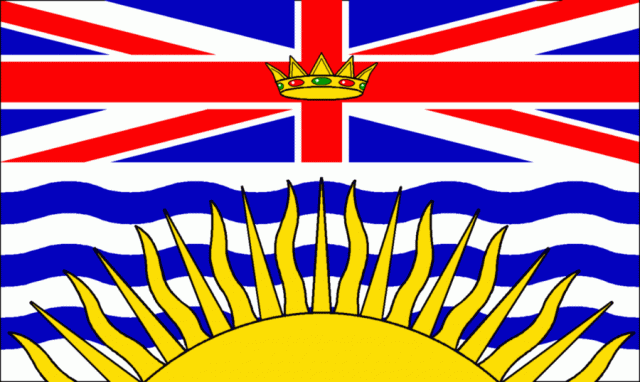COMMENT: B.C. government's double standard on electoral boundaries ill-advised
Long-time political watchers in B.C. will know what’s meant by Gracie’s finger. It was one of Canada’s most blatant acts of political gerrymandering.
In 1982, then Social Credit cabinet minister Grace McCarthy was suspected of using her influence to have her Little Mountain riding boundaries redrawn to include a sliver of a wealthy Vancouver neighbourhood. That sliver was forever known as Gracie’s finger.
Thirty-two years later the B.C. government is proposing amendments to the Electoral Boundaries Commission Act that could make the controversy over Gracie’s finger pale by comparison.
Every eight years the Electoral Boundaries Commission reviews riding boundaries to – in the words of Elections BC – “ensure that each MLA represents about the same number of people.” As with most things in life, there’s some leeway in that “about the same number of people” thing.
But messing around with riding boundaries can impact on the right to vote and that right is set out in Section 3 of the Canadian Charter of Rights and Freedoms.
There have been two relevant cases before the Courts that touched on electoral boundaries and Section 3. In Dixon v. Attorney General of British Columbia [1989], the B.C. Supreme Court ruled that electoral boundary distribution was subject to Charter scrutiny as it affected the right to vote. But it’s the Saskatchewan Reference [1991] before the Supreme Court of Canada on electoral boundaries that has the most relevance to B.C.
In its decision, the Supreme Court ruled that “Relative parity of voting power is a prime condition of effective representation. Deviations from absolute voter parity, however, may be justified on the grounds of practical impossibility or the provision of more effective representation.”
While the legislature has the final say on any recommendations from the commission, the government’s White Paper on Amending the Electoral Boundaries Commission Act gives a pretty strong indication of where it wants to go on “effective representation.”
The proposed amendments would not change the total number of electoral districts in British Columbia, which would remain at 85. An issue in itself.
Someone, sometime is going to have to address the fundamental question of whether the size of a room built in 1897 should dictate how equitable representation is determined in 2014 and beyond.
Other proposals are couched in feel-good phrases such as “the legacy of the province’s history” and “the need to balance the community interests of the people of British Columbia.”
But one amendment stands out: it would require that the Electoral Boundary Commission safeguard the number of ridings in three regions of the province: the North, Cariboo-Thompson and Columbia-Kootenay. And it’s this one that should alarm British Columbians.
All told the three regions account for 17 of the province’s 85 seats and 14 per cent of its registered voters. More importantly, they represent 40 per cent of the seats required to form a majority government.
In the last election, voter turnout in the three regions was 57 per cent and the winners tallied up 136,890 votes between them. Eleven of the seats were won by the B.C. Liberal party and six by the NDP.
But it’s not just the “zap, you’re frozen” proposal for these regions that should be of alarm, it’s what it means for other ridings that could be eliminated entirely or see their boundaries changed as a direct result of the government’s proposal as well.
If the commission can’t reduce the number of ridings in these three regions or increase the number of seats in the legislature, how does it account for population changes and “the need to balance the community interests” of British Columbians in the other 68?
As the government’s white paper notes: “Members of the Legislative Assembly (MLAs) have two main roles or functions: legislator and ombudsperson. As an ombudsperson, “an MLA addresses constituents’ issues respecting the provincial government, and provides advice and guidance respecting government agencies and programs.”
It’s this latter point that touches on issues raised in the Saskatchewan Reference and the distinct possibility that the government’s proposals could see a court challenge before they ever see the light of day.
Dermod Travis is the executive director of IntegrityBC. www.integritybc.ca

























Comments